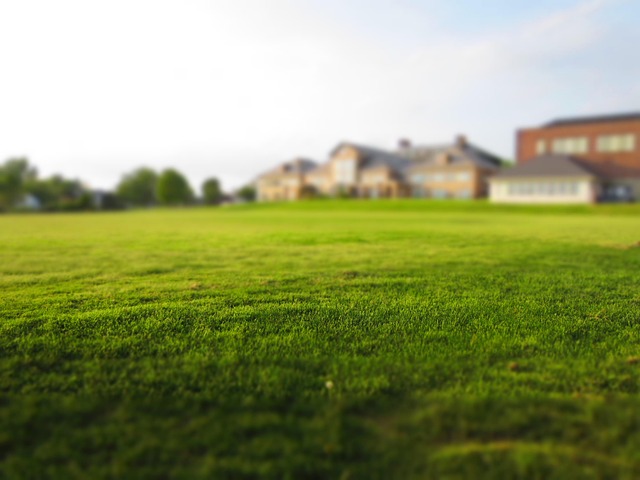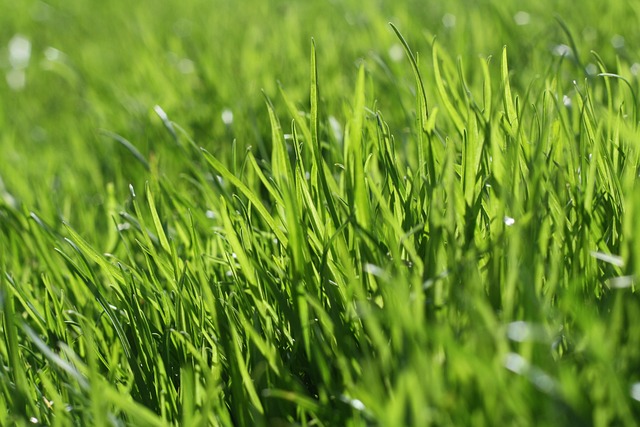Before starting your landscaping project, assess your property's current state, define aesthetic and functional needs, and set achievable goals. Focus on enhancing curb appeal, creating outdoor living spaces, and implementing sustainable practices like water-efficient irrigation systems through expert lawn care and landscaping techniques to transform and elevate your outdoor space. Visualize the desired overall look and consider how you'll use the space for entertaining or relaxation, ensuring a captivating, practical, and low-maintenance landscape that increases property value.
Transform your outdoor space into a vibrant oasis with our comprehensive guide to landscaping design and implementation. Understanding your unique needs and goals is the first step, involving assessing your property, defining aesthetic preferences, and creating a vision board for the perfect landscape. Next, learn how to incorporate diverse elements like hardscaping, softscaping, and water features while considering scale and personal style. Finally, master the art of preparation, planting, efficient irrigation, and regular maintenance to ensure your lawn care and landscaping dreams become a reality.
- Understanding Your Landscaping Needs and Goals
- – Assessing your property and identifying key areas for improvement
- – Defining aesthetic preferences and functional requirements
Understanding Your Landscaping Needs and Goals

Before diving into the world of landscaping design, it’s crucial to define your needs and set achievable goals. This initial step is a fundamental part of the process as it ensures that your vision aligns with the practical requirements of your space and lifestyle. Consider factors such as the size and layout of your yard or garden, climate conditions, and personal preferences for aesthetics and functionality.
For instance, if you’re an avid gardener, you might prioritize creating dedicated spaces for planting and outdoor entertaining. In contrast, a family with young children may focus on safety features and play areas. Understanding these needs will guide the overall landscaping strategy, whether it’s about enhancing curb appeal through meticulous lawn care and well-placed flowers or designing functional outdoor rooms that seamlessly blend with nature.
– Assessing your property and identifying key areas for improvement

When it comes to landscaping design and implementation, the first step is a thorough assessment of your property. This involves evaluating the current state of your lawn care and landscaping features, taking note of both strengths and weaknesses. Look for areas that require improvement, such as uneven terrain, sparse vegetation, or outdated hardscape elements. Identifying these key areas will help guide your design decisions and ensure your new landscape aligns with your vision and property’s unique characteristics.
Through this process, you can pinpoint specific needs, whether it’s enhancing curb appeal, creating functional outdoor living spaces, or implementing sustainable practices like water-efficient irrigation systems. By focusing on these aspects, you’ll be well on your way to transforming your outdoor space into a vibrant, inviting, and low-maintenance landscape that enhances your property value through expert lawn care and landscaping techniques.
– Defining aesthetic preferences and functional requirements

When embarking on a lawn care and landscaping project, defining your aesthetic preferences and functional requirements is the cornerstone of successful design. Start by envisioning the overall look and feel you desire – whether it’s a lush, green oasis or a more contemporary, structured space. Consider colors, textures, plant types, and hardscaping elements that align with your personal taste and enhance the existing landscape.
Next, think about how you plan to use the outdoor space. Do you envision leisurely afternoons entertaining guests? Or perhaps a peaceful retreat for solitary relaxation? Functional requirements should inform the layout of patios, decks, paths, and seating areas, ensuring they cater to your intended activities and promote seamless movement throughout the landscape. This balanced approach – harmonizing aesthetics with practicality – sets the stage for a captivating and inviting outdoor environment.
Effective landscaping design goes beyond aesthetics; it enhances property value, improves functionality, and creates a peaceful outdoor environment. By understanding your specific needs and goals, from defining aesthetic preferences to identifying key areas for improvement on your property, you can transform your lawn care into a harmonious landscape that reflects your style and meets your functional requirements. Incorporating these principles ensures a beautiful and practical outdoor space that becomes a cherished part of your daily life.






